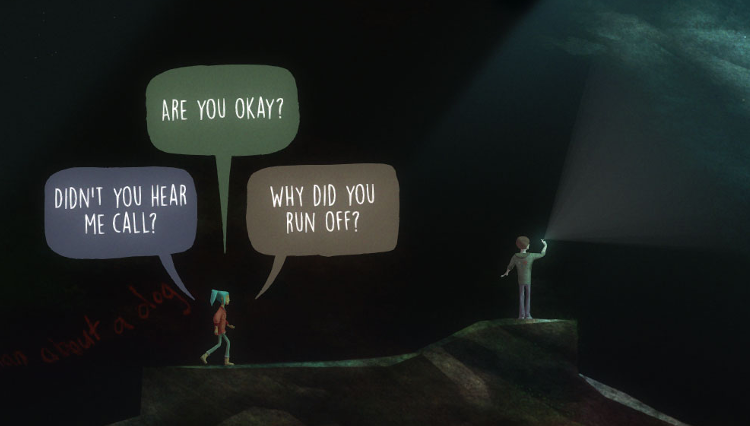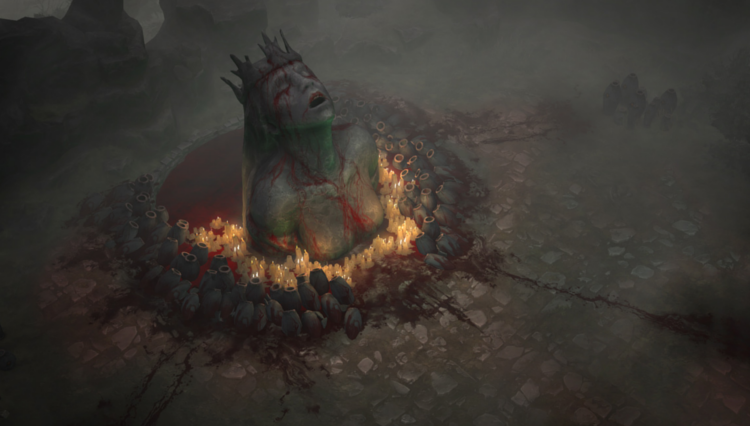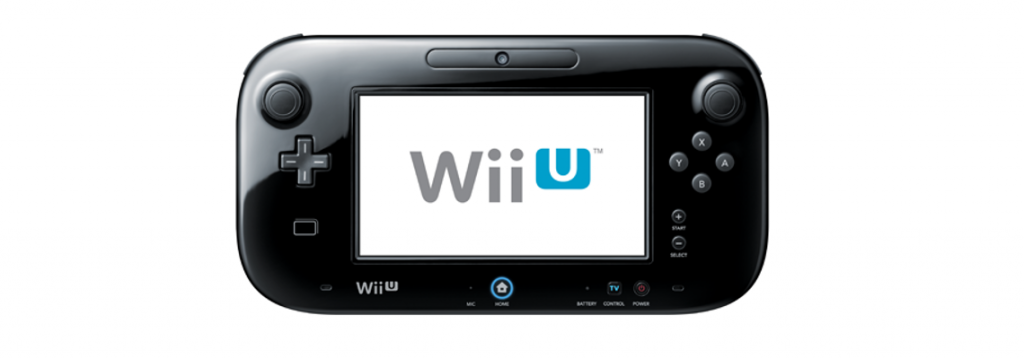
Nintendo Switch pre-orders have been selling out all over the globe ever since they became available. Once the Switch releases on March 3, it may be very difficult for people who have not pre-ordered to find an available unit. The Nintendo Wii U, on the other hand, did not run into the same situation when it became available in late 2012. The Wii U had a lot of great features such as HD graphics, improved online functionality, a controller with a built-in touchscreen which doubled as an alternate display, and backward compatibility with all Wii software and accessories. Features like these led to a mostly positive reception, so why is it that Wii U sales did so poorly in comparison to the new Nintendo Switch?
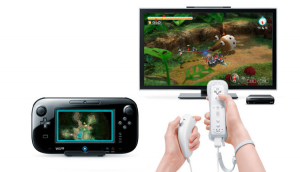
The Wii U GamePad is undeniably one of the biggest inspirations for the Switch’s portability. The GamePad was marketed as being a portable way to play the Wii U within the home which allowed family members to watch their favourite shows without interrupting the player’s game session. It also functioned as a second screen during local multiplayer sessions which saved players from having to split a TV screen into two sections. The problem though is that while the GamePad was an excellent idea, it didn’t make the Wii U quite portable enough. While the GamePad could receive a strong signal played a few rooms away from its console, it didn’t allow users to go down the street to a friend’s house to play games there. Additionally, a lot of Wii U fans barely even used the GamePad because they preferred the Wii U Pro controller. This made several of the Wii U’s main features completely useless for those users.
In addition to the Switch’s portability, its third-party support is also a strong selling point. In fact, the Switch is going to be the first Nintendo console for many buyers for this reason. Much like previous Nintendo consoles, the Wii U had very weak third-party support. Low sales and development difficulties made the Wii U very unattractive to third parties and the Wii U’s game library suffered as a result. Putting time and money into creating a game for a dying console which was difficult to work with did not make much sense financially.
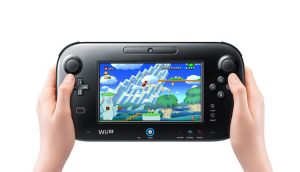
Another downfall for the Wii U was the lack of interested casual gamers at the time of release. The Wii U’s predecessor, the Nintendo Wii, had been timed just right. One of the strongest selling points of the Wii was that it made gaming more accessible for the whole family. Casual-friendly games such as Wii Sports and Wii Play were very easy to play even for people who didn’t normally play games. By the time the lights dimmed onthe Wii’s time in the spotlight, these casual gamers had moved on to Facebook, tablet, and mobile phone games. These Wii fans had no reason to pick up the new Wii U when they could just purchase an easy-to-play party game on their tablet for family game night.
Last, but not least, is the marketing failure. Wii U supporters often argue that this is where Nintendo completely fell flat. The Wii U advertisements were not entertaining like the ones for the Wii. Furthermore, the advertisements tended to focus on the GamePad features which, as mentioned earlier, many Wii U owners were barely even using. Moreover, these poor advertisements were rarely seen. As a result, potential buyers were not aware of the console’s release or did not always completely understand the new design concept.
Thankfully, it seems as though Nintendo caught on and they are learning from their mistakes. Nintendo marketing the Switch towards more avid gamers and many ads feature young adults rather than young children or family gatherings. In addition, Nintendo has stated that they intend on continuing to manufacture the Nintendo 3DS handheld, so that may be where they will shift their focus for their more family-friendly marketing campaigns. This would be a smart move because many adults are going to prefer playing Nintendo games on their more expensive, high-quality Switch instead of the much cheaper, lower resolution 3DS when they reach for a portable handheld. By learning from the mistakes made with the Wii U and following a proper marketing plan, Nintendo will be able to rise back up from the slump the Wii U seemingly placed them in.


